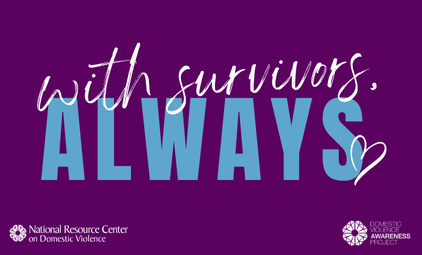When Jasmine Khalfani was married in 1971, she said police didn't take accusations of domestic violence very seriously.
"If you called them, the police wouldn't show up or they'd tell you to play nice," said Khalfani in a two-minute video available on the website of Cambridge domestic violence shelter Transition House.
And so she left. She walked out, covered in bumps and bruises. But that's not the end of her story. Now, Khalfani is director of housing at Transition House, helping other women survive the same transition from an abusive situation.
The video featuring Khalfani is one of 40 that Transition House staff is planning to post on the website as part of its 40th anniversary celebration this year. The project, called 40 Stories, features two-minute videos, combining original music, voiceovers and photographs to tell the stories of survivors, case managers, public policy makers, and others affected by domestic violence.
"We wanted to do something that was kaleidoscopic, and would allow us to address the issues we face every day at Transition House: violence, violence against women, the violent culture we live in. But we wanted to share that in a way that's not normally told," said Transition House Executive Director Risa Mednick at an event where the organization showcased some of the videos. "We wondered, how can we get people to engage in a different way, that's beyond the image you always see in the media of a black and blue woman with her hands over her head?"
Transition House opened in 1975, the first domestic violence emergency shelter on the East Coast, and now provides an emergency shelter, long-term housing programs and transitional living programs to victims of domestic violence. Currently, the Cambridge Police Department receives approximately 1,000 reports per year of domestic violence.
The videos make it clear there is no one-size-fits-all story within those 1,000 reports. At the event, held Dec. 1 at Cambridge City Hall Annex, Mednick and media producer Sandy Goldberg showed seven videos demonstrating the breadth of cases that have come through Transition House. In the videos, a case manager at Transition House recounts her girlhood in Haiti and her high school sweetheart-turned-abuser. A Cambridge therapist talks about her first husband, who beat her because the house was dirty, and how she escaped to Transition House and came out as a lesbian. A Catalan immigrant and community coordinator at Transition House explains how domestic violence disproportionately affects undocumented immigrants. A Cambridge Police Department officer recalls how he and his mother escaped his abusive father and went to live in Transition House in the 1970s.
Goldberg, who produces videos for art museums such as the Museum of Fine Arts in Boston and the Guggenheim, is conducting the interviews and editing the videos. A long-time donor to Transition House, Goldberg jumped at the chance to get involved. Like the 12 other musicians, digital experts, audio producers and photographers working on this project, she is donating her time.
At the event, Goldberg and Mednick asked the audience whether they wanted to see longer videos or more videos, and asked them for advice on how they can use the videos as a teaching tool, how they can disseminate the videos to more people, and how they can encourage Cantabrigians to watch the videos communally.
"From our earliest talks with the group, we wanted this to be something we could use socially, not just on website," Goldberg said. "We wanted people to be able to share these videos, to look at them together."
That's because part of the mission of the 40 Stories Project is education. Mednick said that Transition House hopes to use this project partly as a training tool for social workers and other domestic violence advocates, but also to combat some of the stereotypes about domestic violence: the myth of the battered, helpless woman and the tendency to victim-blame.
"In the climate we work in on a daily basis, we understand that there are myths about domestic violence, misconceptions, reactions to victims of domestic violence, disbelief and doubt, and also myths about what options exist for people who experience violence in their relationships," Mednick said. "We really wanted to break down the barriers of, everything Transition House does it really scary. No. They're working with people who look like me, like my neighbor, like my friends."
To watch the videos or learn more about the project, visit transitionhouse.org/40stories/.















